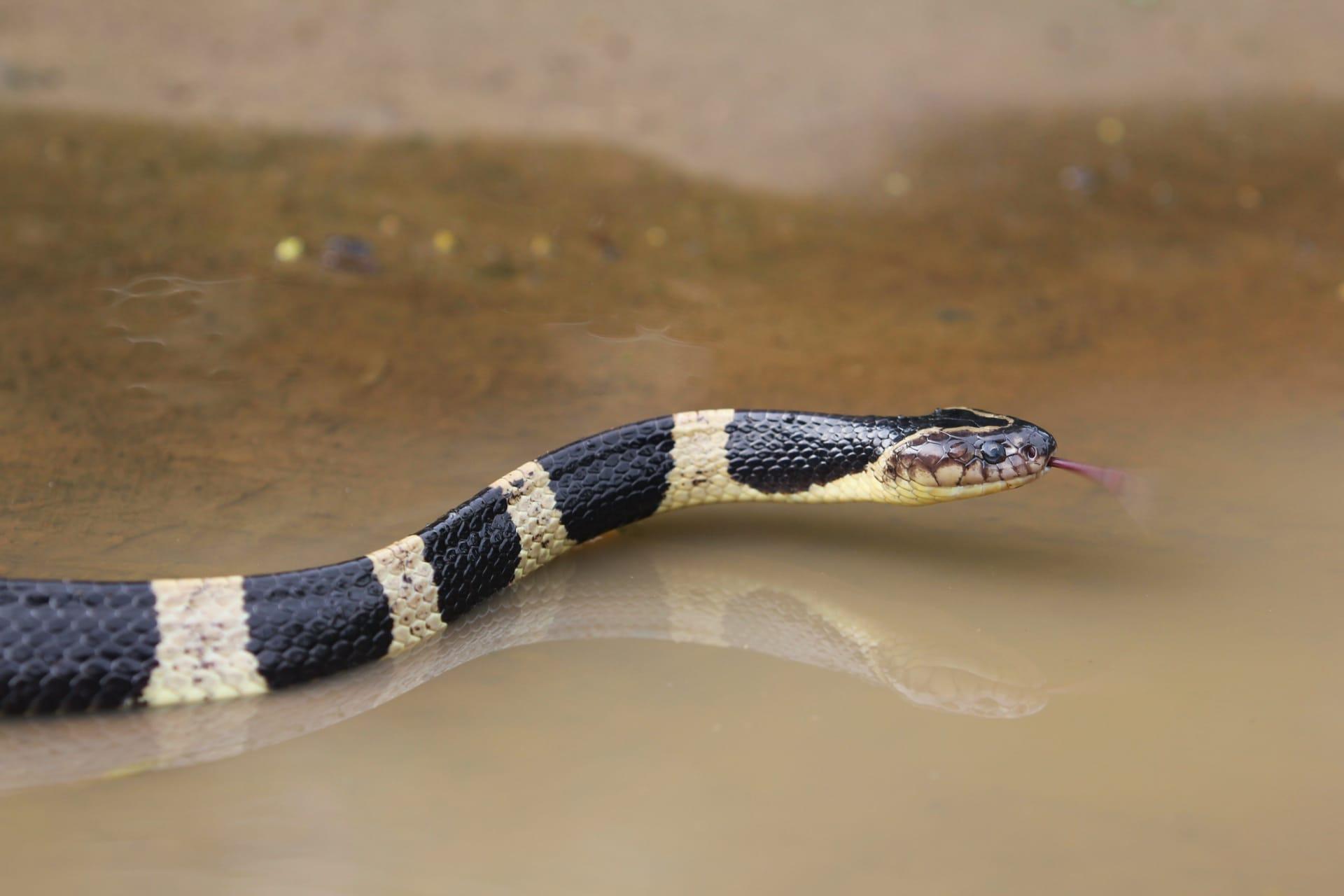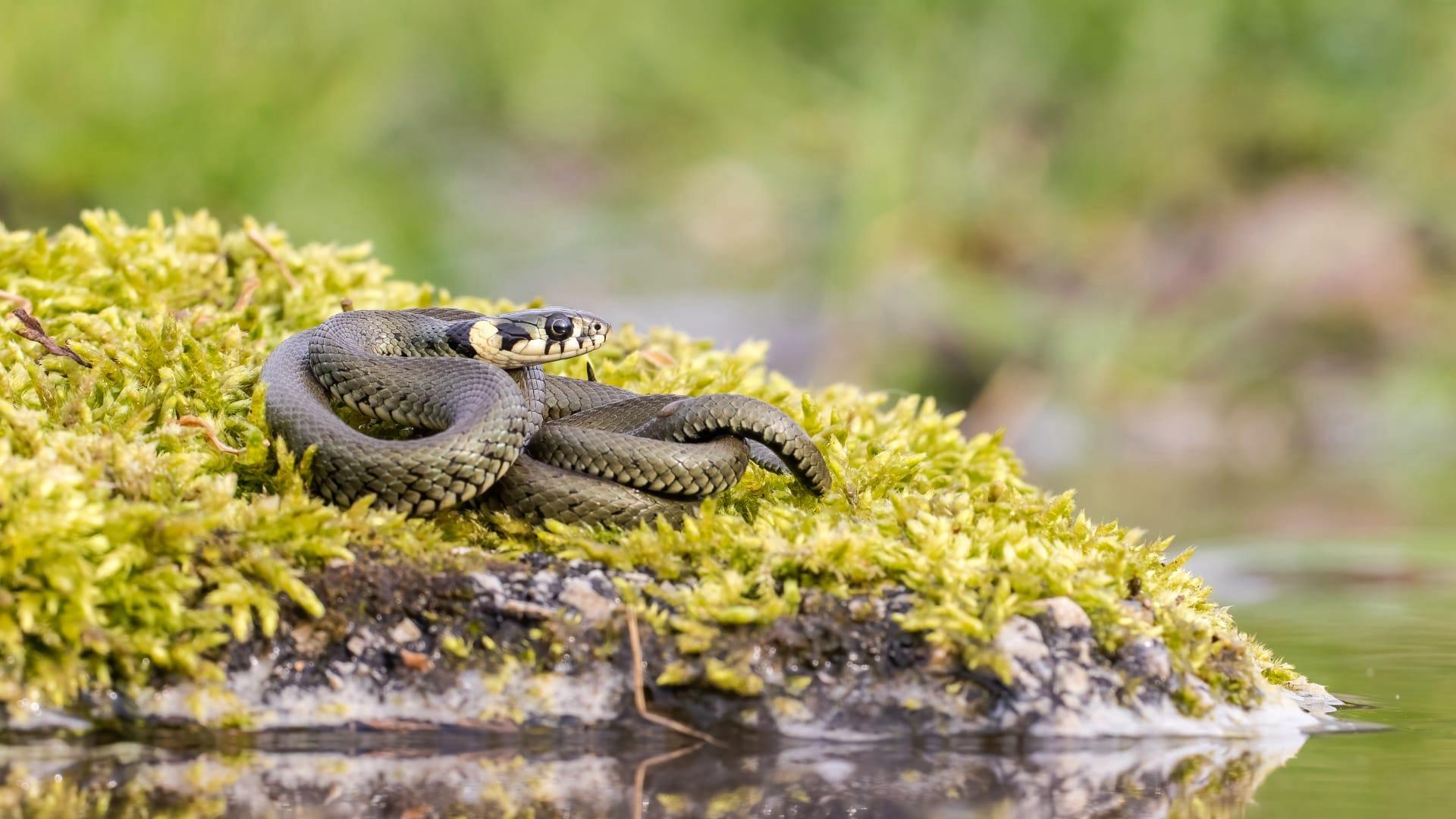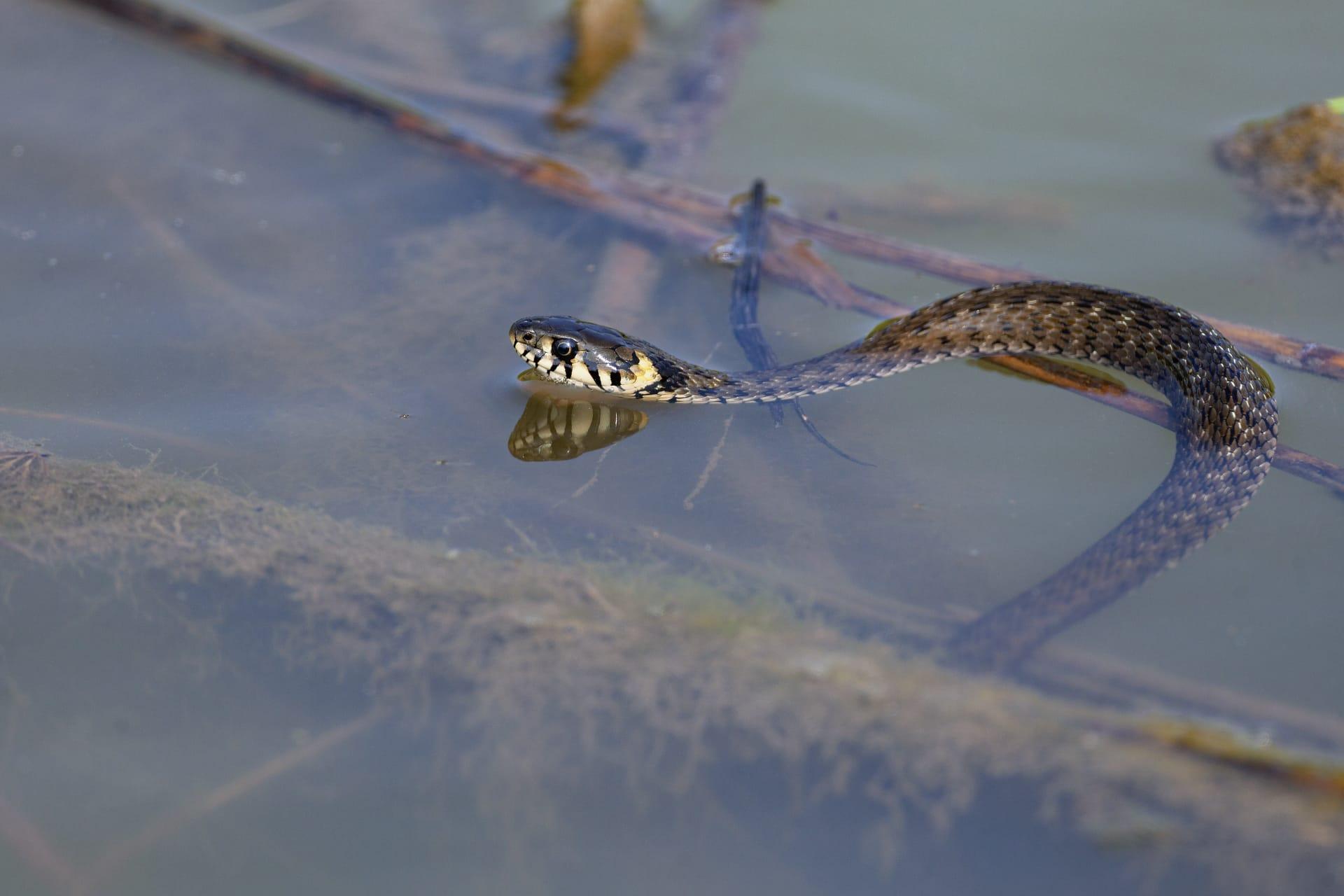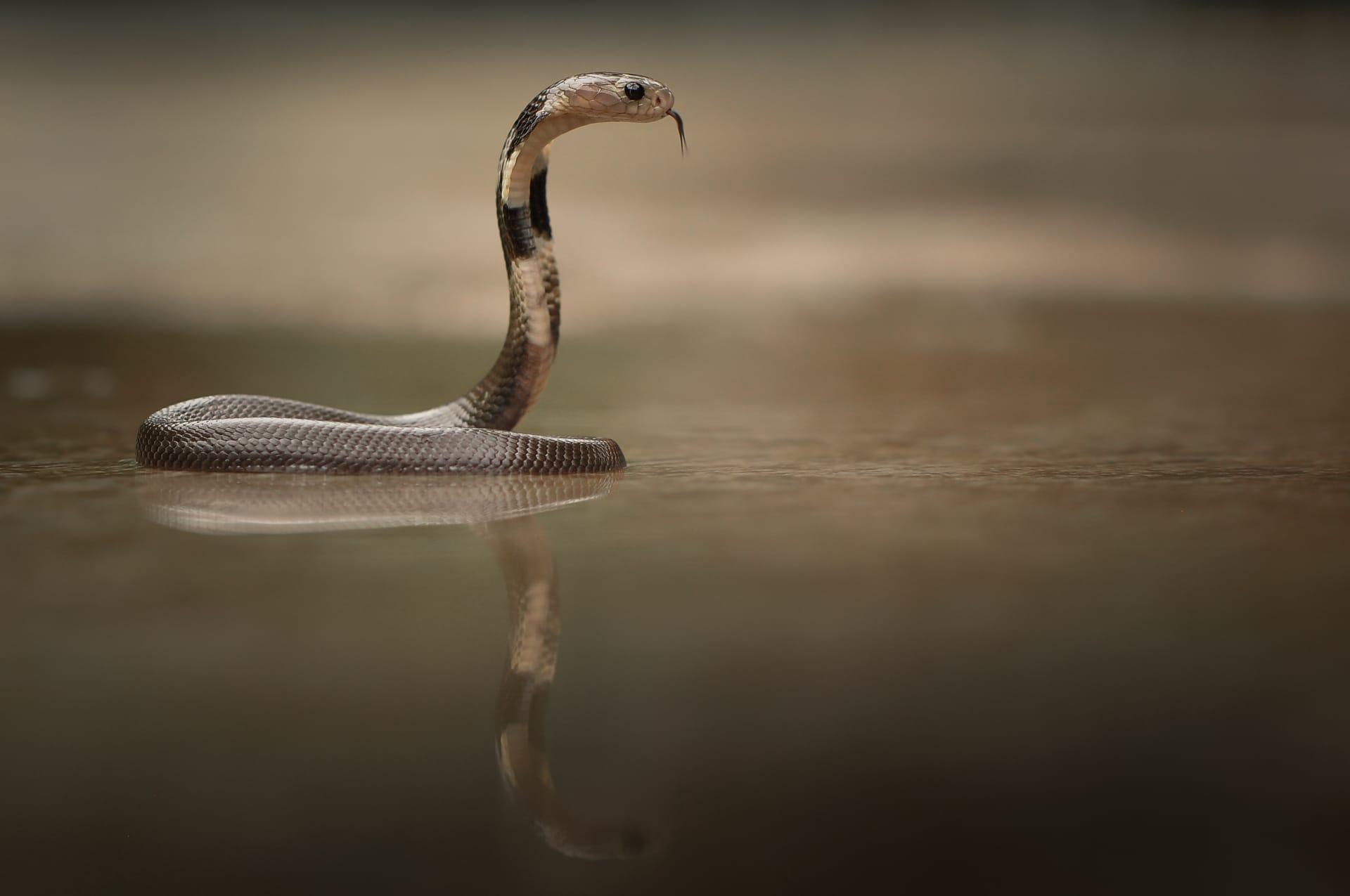Watersnake Trivia
- Home /
- Trivia Question /
- Animal /
- Watersnake Trivia
1
Question: What is the typical habitat of watersnakes, and how does it impact their behavior?
Answer: Watersnakes are commonly found in freshwater environments like rivers, lakes, ponds, and marshes. Their habitat choice impacts their behavior significantly. For instance, in murky waters, they rely more on their sense of smell and vibration detection to hunt, since visibility is low. In clearer waters, however, they use their keen eyesight to spot prey. Watersnakes are adept swimmers and can often be seen basking on branches or rocks near water, which aids in thermoregulation – crucial for their cold-blooded metabolism.
Question: How do watersnakes reproduce, and what's unique about their reproductive process?
Answer: Watersnakes are viviparous, meaning they give birth to live young instead of laying eggs. This is relatively rare among snakes. Mating occurs in the spring, and females give birth to 10-30 live young, typically in late summer. The young are independent from birth, equipped with the necessary survival instincts. This live-birth method allows watersnakes to inhabit colder regions than many egg-laying snakes, as the embryos develop within the mother's body, where they're protected from fluctuating environmental temperatures.

2
Question: Are watersnakes venomous, and what should one do if bitten?
Answer: A common misconception is that all snakes are venomous. However, watersnakes are non-venomous. They have a robust bite, and though a bite can be painful and may cause swelling, it's not lethal. If bitten, it's important to clean the wound thoroughly to prevent infection and seek medical attention if the swelling or pain persists. It's also crucial to remember that watersnakes, like all wildlife, should be observed from a distance and not provoked.
Question: Do watersnakes pose a threat to the local ecosystem?
Answer: Contrary to some beliefs, watersnakes are an integral part of their ecosystem. They help control the population of their prey, which includes fish and amphibians. By maintaining a balance in these populations, watersnakes contribute to the health of their habitat. In fact, a decline in watersnake populations can indicate problems in the aquatic ecosystems, such as pollution or habitat destruction.

3
Question: What is the diet of watersnakes, and how do they hunt?
Answer: Watersnakes primarily feed on fish and amphibians. They are excellent hunters, using both ambush and active hunting techniques. In ambush hunting, a watersnake will remain still in the water or on a branch overhanging water, striking quickly when prey comes near. For active hunting, they will swim and forage in the water, using their keen sense of smell and vibration detection to locate prey. Their diet varies depending on the availability of prey in their habitat.
Question: How do watersnakes adapt to seasonal changes in their environment?
Answer: Watersnakes, being ectothermic, rely on the environment to regulate their body temperature. In warmer months, they are more active, hunting and mating. During colder months, they undergo a form of hibernation known as brumation. They become less active and often retreat to burrows or mud at the bottom of ponds or streams. This period of inactivity helps them conserve energy until temperatures rise again.

4
Question: How long do watersnakes live, and what are their main natural predators?
Answer: Watersnakes have an average lifespan of about 9 to 10 years in the wild. Factors such as predation, habitat loss, and human interference can affect their longevity. Their main natural predators include birds of prey, like hawks and eagles, large fish, and other snakes. Young watersnakes are particularly vulnerable to predation due to their smaller size.
Question: Can watersnakes communicate with each other, and if so, how?
Answer: While watersnakes are not known for complex social interactions, they do communicate with each other, primarily during the mating season. They use a combination of pheromones and body language to attract mates and ward off rivals. For example, males may engage in ritual combat to establish dominance. Outside of mating, watersnakes are generally solitary creatures.

5
Question: How do watersnakes benefit human environments, and why are they important to preserve?
Answer: Watersnakes play a crucial role in controlling rodent populations and managing aquatic ecosystems. By preying on rodents, they help reduce the spread of diseases and crop damage in agricultural areas. In aquatic environments, their predation on fish and amphibians helps maintain a healthy ecological balance. Preserving watersnake populations is essential for biodiversity and the health of ecosystems where they are a native species.
Question: What are some common myths about watersnakes, and what are the facts?
Answer: A common myth is that watersnakes are aggressive and chase people. In reality, they are shy and will avoid human interaction unless cornered or provoked. Another myth is that they mate with venomous snakes, creating hybrid species. This is biologically impossible as watersnakes can only reproduce with their own species. It's important to dispel these myths to promote understanding and conservation of these beneficial reptiles.